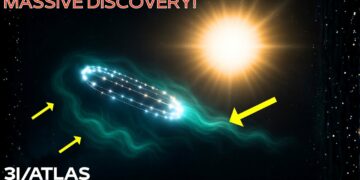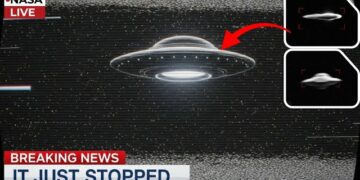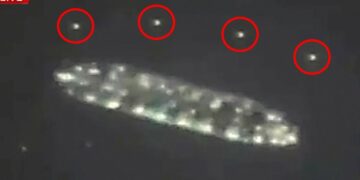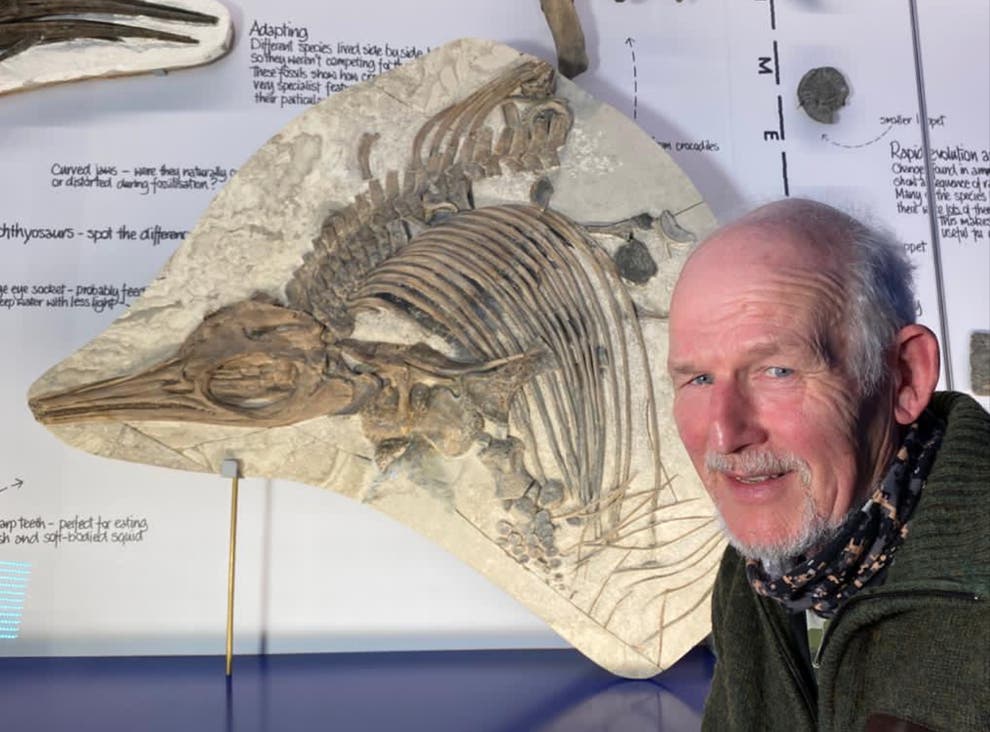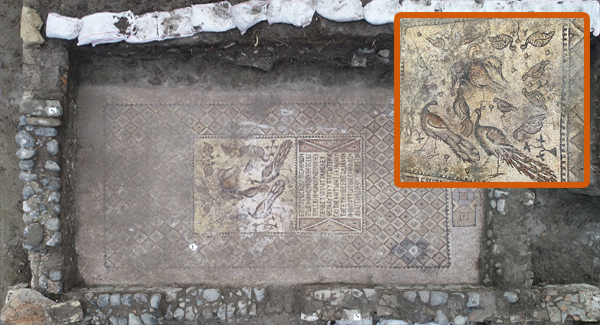Is NASA concealing a groundbreaking discovery from Voyager 2? The iconic space probe has detected something so extraordinary that it could force NASA to reveal its hand. Even Joe Rogan has weighed in, questioning why such a critical mission might be terminated. Is it an alien signal, a cosmic threat, or something even more bizarre? Let’s dive into the enigmatic truth behind Voyager 2’s final days and its remarkable journey that began nearly half a century ago.
Vision and Launch
Voyager 2, launched on August 20, 1977, is one of humanity’s most ambitious space probes, embodying an era of bold exploration. Designed by NASA’s Jet Propulsion Laboratory in Pasadena, California, it aimed to uncover the mysteries of the outer solar system’s giant planets. The mission capitalized on a rare planetary alignment, occurring once every 176 years, which allowed the spacecraft to use gravity assists to accelerate its journey, drastically reducing travel time to distant planets.
Although Voyager 2 launched before its twin, Voyager 1, it was designated “2” due to its longer trajectory, designed to visit Uranus and Neptune after Jupiter and Saturn. This alignment offered a unique opportunity to explore multiple planets in one mission, a prospect that wouldn’t reoccur for generations. NASA engineers initially expected Voyager 2 to operate for just four years, focusing on Jupiter and Saturn. Yet, its enduring functionality has captivated the world for over four decades.
The mission’s concept originated with aerospace engineer Gary Flandro, who, in the 1960s, identified the planetary alignment that enabled a “grand tour” of the outer planets. His calculations showed that a single probe could use gravity assists to hop from Jupiter to Saturn, Uranus, and Neptune, saving time and resources. Despite skepticism about surviving the asteroid belt and Jupiter’s intense radiation, NASA built on lessons from the Pioneer probes to ensure Voyager 2’s resilience.
The spacecraft was one of two nearly identical probes, each with distinct flight plans. Voyager 2’s extended path allowed for longer observation windows and the chance to explore Uranus and Neptune, a plan filled with contingencies to address the challenges of a long-duration mission. Its success, far exceeding its initial four-year goal, underscores the ingenuity of its design and planning.
Structural Design and Technology
Voyager 2’s design, rooted in 1970s technology, is remarkable for its longevity. With just 69 kilobytes of memory—tiny compared to modern devices—it was built for reliability, featuring redundant systems to withstand extreme temperatures and radiation. Hardware-driven operations minimized software glitches, and rigorous testing ensured durability through launch vibrations, Jupiter’s radiation belts, and the cold of deep space.
The spacecraft’s data recorder, an eight-track tape system, stores instrument measurements before transmission via a 23-watt transmitter, equivalent to a small light bulb. A 12-foot dish antenna focuses signals across billions of miles, though the vast distance means a one-way signal takes over 18 hours to reach Earth. This delay complicates communication, requiring meticulous command planning.
Power comes from radioisotope thermoelectric generators (RTGs), which use plutonium decay to generate electricity. However, the power output decreases by about 4 watts annually, forcing engineers to deactivate non-essential systems to preserve key instruments. Fault-protection routines allow Voyager 2 to self-correct issues, maintaining Earth contact even without constant human intervention. Despite declining power, its instruments remain surprisingly resilient in the extreme cold of deep space.
Jupiter Encounter
Voyager 2’s flyby of Jupiter revealed a dynamic planet with swirling clouds and massive storms, including the Great Red Spot. Its instruments measured magnetic fields, plasma waves, and charged particles, unveiling Jupiter’s vast magnetosphere. The spacecraft’s images of moons like Io, with its active volcanoes, and Europa, hinting at a subsurface ocean, challenged assumptions about these satellites’ geological inactivity. Voyager 2’s data, combined with Voyager 1’s closer flyby, provided multiple perspectives, tracking Io’s eruptions and Jupiter’s evolving weather.
Despite the risks of Jupiter’s radiation belts, Voyager 2 emerged with minimal issues, boosting confidence for its next targets. The gravity assist from Jupiter propelled it toward Saturn, demonstrating the precision of NASA’s orbital calculations. The mission’s vivid images also captivated the public, showcasing the power of space exploration.
Saturn Encounter
Arriving at Saturn in August 1981, Voyager 2 studied the planet’s intricate ring system, revealing braided rings and spokes—features unexpected by scientists. Its instruments measured Saturn’s magnetic field, aligned with its rotation axis, unlike Jupiter’s tilted field, and provided insights into the planet’s magnetosphere. Moons like Enceladus, with signs of geological activity, and Titan, with its thick atmospheric haze, offered new data on Saturn’s diverse satellites.
The spacecraft’s radio science experiments, beaming signals through the rings, uncovered details about particle distribution, enhancing understanding of ring formation. Saturn’s flyby, another success, adjusted Voyager 2’s trajectory for Uranus, despite challenges like power constraints and the deep-space cold.
Uranus Flyby
In January 1986, Voyager 2 became the first and only spacecraft to visit Uranus, an ice giant 20 astronomical units from the sun. Its tilted magnetic field, offset from the planet’s center, surprised scientists, prompting new theories about ice giant interiors. Faint rings and moons like Miranda, with its jumbled, geologically complex surface, defied expectations of inert satellites. Subtle atmospheric features hinted at dynamic processes, despite Uranus’s distance from the sun.
The flyby refined our understanding of ice giants, revealing layered interiors with icy mantles and rocky cores. Uranus’s gravity assist propelled Voyager 2 toward Neptune, marking another technical and scientific triumph.
Neptune Encounter
Voyager 2 reached Neptune in August 1989, completing its “grand tour” of the outer planets. The blue planet’s dynamic atmosphere, with supersonic winds and a massive dark spot, defied predictions of inactivity. Its tilted, offset magnetic field mirrored Uranus’s, and its faint, clumped ring arcs suggested gravitational influences from small moons.
Triton, Neptune’s largest moon, revealed nitrogen geysers and cryovolcanic activity, challenging assumptions about icy bodies. Its retrograde orbit hinted at a captured Kuiper Belt origin. The Neptune flyby marked the end of Voyager 2’s planetary tour, setting the stage for its interstellar mission.
Interstellar Journey
After Neptune, Voyager 2 ventured into the heliosphere, the sun’s protective bubble of charged particles. Its instruments tracked the solar wind’s weakening and detected the termination shock, where the wind slows against the interstellar medium. In November 2018, Voyager 2 crossed the heliopause at 120 astronomical units, entering interstellar space—the second human-made object to do so after Voyager 1.
The transition revealed complex magnetic field interactions and increased cosmic rays from galactic sources, like supernovae. These findings reshaped our understanding of the heliosphere’s dynamic boundaries and the sun’s interaction with interstellar space. Despite dwindling power, Voyager 2 continues to send data, with signals taking over 18 hours to reach Earth, requiring NASA’s Deep Space Network to use advanced receivers.
Legacy and Ongoing Mission
Voyager 2’s journey, far exceeding its four-year design life, has transformed our understanding of the outer solar system and interstellar space. Its data on giant planets, their moons, and the heliosphere’s boundaries have opened new scientific frontiers. The spacecraft carries a golden record, a message to potential extraterrestrial finders, symbolizing humanity’s curiosity and hope.
As power dwindles, engineers carefully manage its instruments, yet Voyager 2 persists, delivering priceless data from a region no other probe has explored. Its crossing into interstellar space marks a symbolic extension of humanity’s reach, a testament to the vision and resilience of its creators. The question remains: what extraordinary discovery might Voyager 2 have made that NASA is hesitant to reveal? The truth may lie in the data still trickling back from the edge of our solar system.


